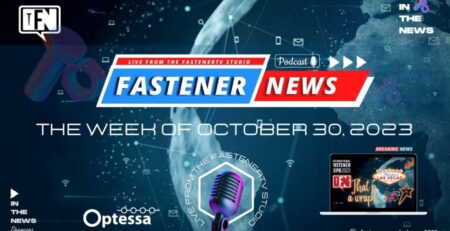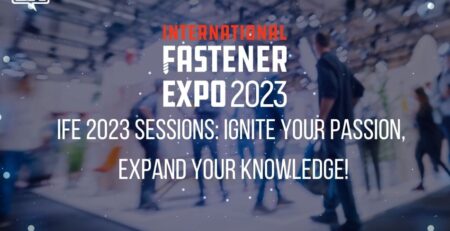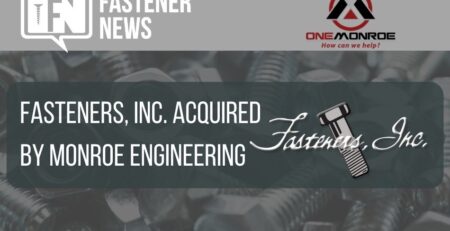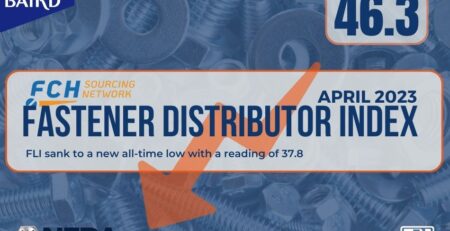Design and Optimization of Additively Manufactured Bolts

SPECIAL COVERAGE
INTRODUCTION TO THE METAL PLASTICITY AND ADDITIVE GROUP: The Metal Plasticity and Additive Group in the School of Engineering of the University of Limerick conducts basic applied research and consultancy in the thematic of metals and structures.
PROJECT: Design and Optimization of Additively Manufactured Bolts for Strength Enhancement of Aluminum Lap Joints
INTERVIEW: Paul Boreham – Master of Engineering by Research at the University of Limerick.

Paul Boreham, Master of Engineering
Q & A
Q: Please introduce yourselves and tell us how you became interested in the idea of 3D Printed bolts.
A: My name is Paul Boreham, and I am a current Master of Engineering by Research student here at the University of Limerick. I am a recent first-class honors graduate in Design and Manufacture Engineering also from the University of Limerick (UL). Originally from Loughrea, Co. Galway, I have been working and living in the suburbs of the University for the past five years. I am a current member of the Metal Plasticity an Additive Manufacturing group, in the School of Engineering, which is led by Dr. Kyriakos Kourousis. The group actively engages in research in additive manufacturing (AM) and plasticity modelling and characterization for a variety of metallic materials. My interest in the AM industry as a whole began at a young age, having excellent facilities in our secondary school, St Brigids College Loughrea, was a huge influence in my love for AM. The AM industry, as we all know, is growing exponentially and we saw that the literature had a huge gap in terms of 3D printed bolts.
Q: Can you tell us what inspired your team to undertake this research into additive manufactured bolts?
A: The Metal Plasticity an Additive Manufacturing group in UL, thrives to fill in the gaps between the AM industry and the current manufacturing industry. The group not only works on AM fasteners but other AM areas too! I was lucky enough to work on the AM fastener side. The project idea was from the group leader, Dr. Kyriakos Kourousis, who has a research track record and work experience from the aerospace and defense industry. We felt that the gap between how aerospace bolts have been designed and produced over many decades could be optimized by employing the advantages offered by AM technology. We wanted to help accelerate this new thinking through a dedicated research project.

Photo credit: University of Limerick | School of Engineering
Q: What is the thought process behind this bolt?
A: The AM fastener that we have enhanced is based off an aerospace industry standard bolt, AN3-4A. This bolt has been identified as an excellent candidate, for the AM technology in place in our research group, as it small, compact, and widely used in the civil and defense aerospace industry, as it is fitted on many aircraft flying today. The advantages of having the bolt so compact, is that we could print numerous variations at the one time using our GE Concept Laser MLab cusing R metal 3D printer. This printer was awarded to UL a few years ago, following a winning proposal from Dr. Kourousis and his collaborator to the GE Additive Education program, competing amongst 500 other Universities around the globe.
Q: Can you describe the methodology behind the print and what 3D Printing technology was utilized in the manufacturing process?
A: The AM technology we are using at the moment is Direct Metal Laser Sintering, or commonly abbreviated as DMLS. We utilize the GE Concept Laser MLab cusing R metal 3D printer. The process behind DMLS is based on a quite simple concept but overall the fabrication technique is extremely complex. At the beginning of the process, a steel build plate that varies in size between machine models is set inside a build chamber. In the chamber, there no more than 1% of oxygen while the atmosphere is controlled with an inert gas. The DMLS printer begins the overall process by ‘sintering’ the first layer of the powder material onto the printing bed (base plate), the first layer can be analyzed to ensure all part files are attached to the base plate correctly. Once the operator is satisfied with the cross-section layer, the process may proceed. The build platform located in the center of the work area is shifted down while the recoater blade creates a new layer of the powder over the build plate. The powder material can be used in the machine numerous times once it has been sieved after every use. So, it’s a quite sustainable operation model as well!
Q: What types of materials are you using to 3D Print the bolts? How do you source materials?
A: At the moment, we are currently working with 316L Stainless Steel for the fasteners, with the metal powder acquired directly from GE Additive. The 3D printer we have has the capability to use other materials also, such as titanium and aluminum, but given the focus of this research project we plan to stay with 316L Stainless Steel for the foreseeable future. There are plenty of different aspects still to explore!
Q: What do you think are the most promising applications for this type of product?
A: The research hopes to fill in the gap not just on AM bolts, but AM fasteners as a whole! The findings will be applicable across numerous sectors for joint enhancement, fatigue life improvement and also catastrophic failure reduction. Applications for future are endless and can be applied directly to medical, aerospace, and military sectors. As we know the powerful capabilities of AM, the abilities to produce customized fasteners for different products is something that will be explored. Our results so far are very promising, for example the strength to weight ratio can be improved, while the microstructure of the sintered material can act as a ‘force’ multiplier. This is as much as I can share at this point though.
Q: Can you tell us about additive manufactured (3D printed) metals? How are they utilized in the modelling and characterization of the mechanical behavior of the bolts?
A: The list for AM metals is endless with examples such as titanium, steel, stainless steel, aluminum, copper, cobalt chrome, tungsten, and nickel-based alloy all available in powder form in today’s market. Although the process is growing at a phenomenal rate, the overall process needs to be handled with care due to dangers that come with it. As mentioned previously, some of these material can cause a chemical reaction when exposed the oxygen in the atmosphere. Moreover, using certain software available on the
market, such as topology optimization and computer aided manufacturing software, can be crucial in the design and optimization stages for any AM parts, towards drastically reducing the part weight while maintaining structural integrity.
Q: How did the bolts perform under complex loading testing?
A: Our AM fasteners are lighter that the conventional ones, but some build orientations appear to outperform the standard bolts. Other designs we explore, are hollow-type bolts with honeycomb and, what we call, spiral type structuring. To give you an indication, our honeycomb and spiral bolts have increased the strength to weight ratio, from the analysis we have performed so far.

University of Limerick | School of Engineering
Q: What is the average print time to manufacture bolts for test applications?
A: With AM being quite a new process, the time required to create a single bolt (from drawing to production) can be quite long, given the iterations we need to go through before we establish a reliable and consistently produced bolt design. To give you an indication of the print time on our Mlab printer, operated by our industry partner, Croom Precision Medical, we typically print 40-50 bolts in approximately 10 hours.
Q: What would you say is one of the more compelling reasons the fastener industry should pay attention to 3D Printing technologies?
A: The opportunity in this space are endless! The doors are newly opened in the industry and there is a huge gap in the literature. Fastener companies should begin to look and investigate the opportunity into fastener customization and joint enhancement! I believe this project will lay the foundation for numerous future projects along the same principles of AM fasteners. Although the process is quite expensive, the cost of production will continue to decrease as faster processes get released to the market.
RELATED CONTENT:
3D Printing Helps French Manufacturer Tighten Lead Times for Locking Fasteners














Leave a Reply